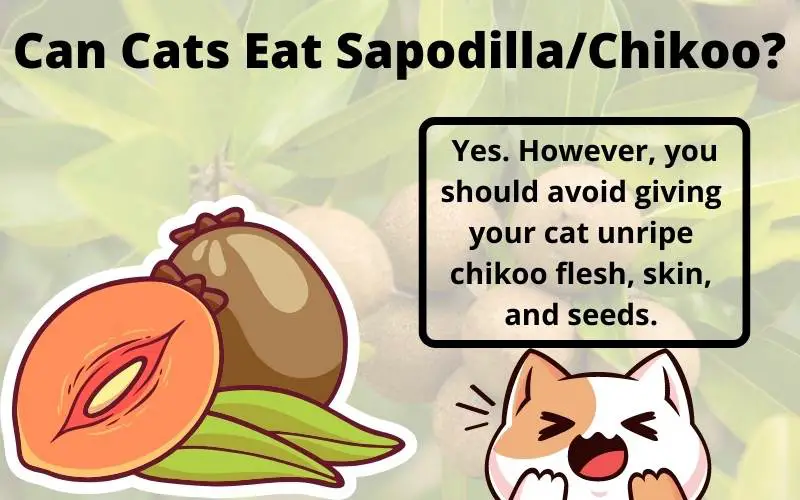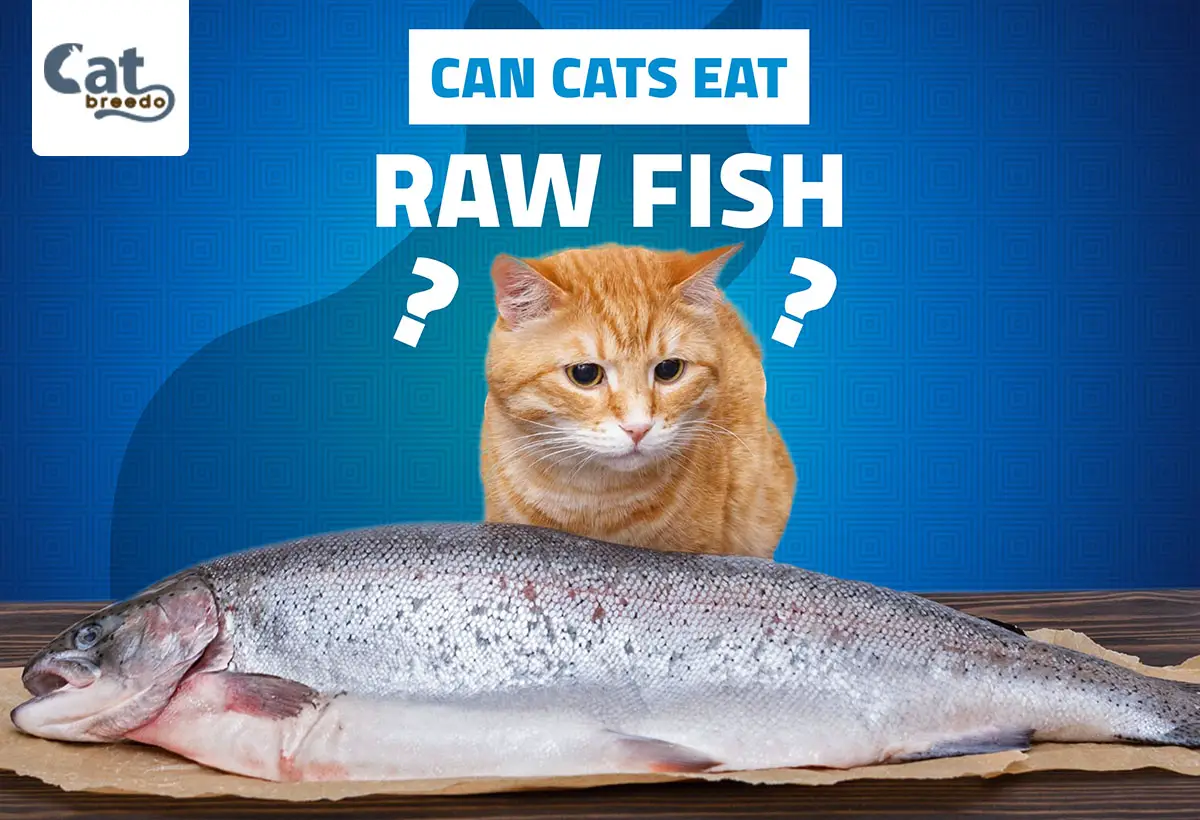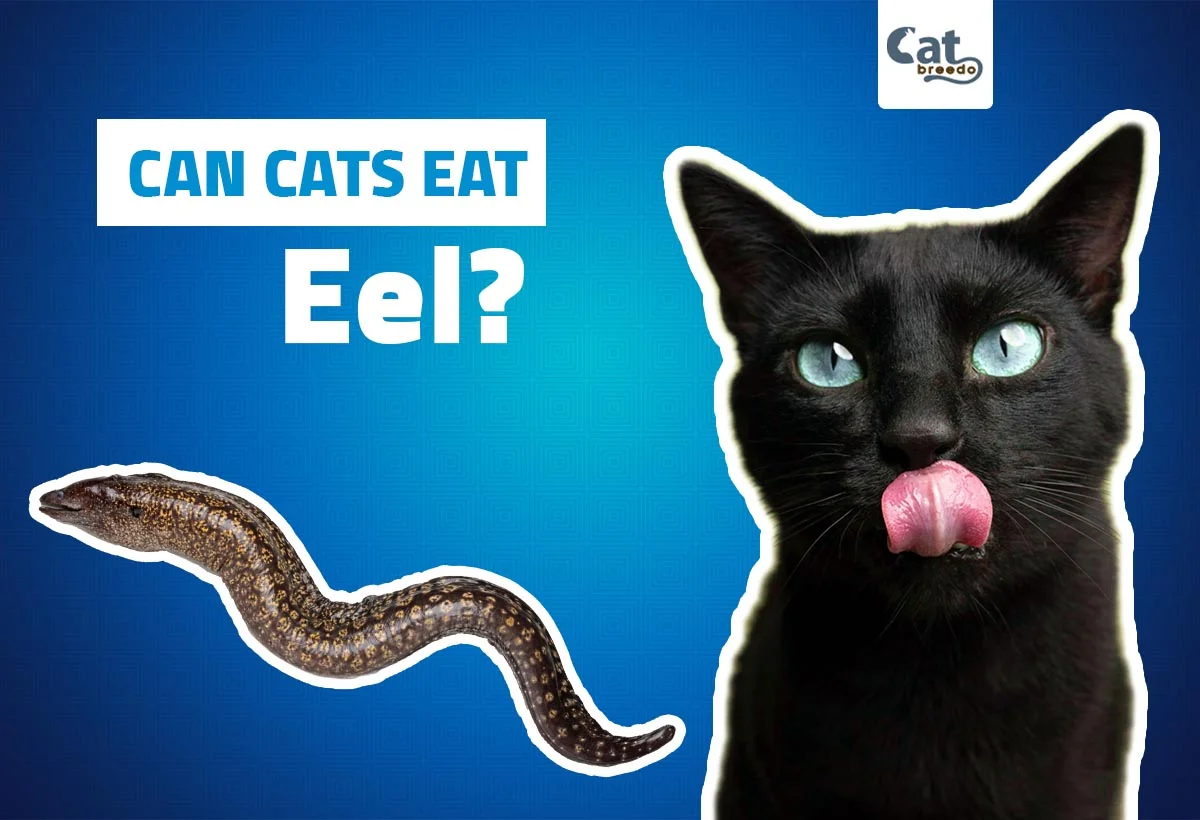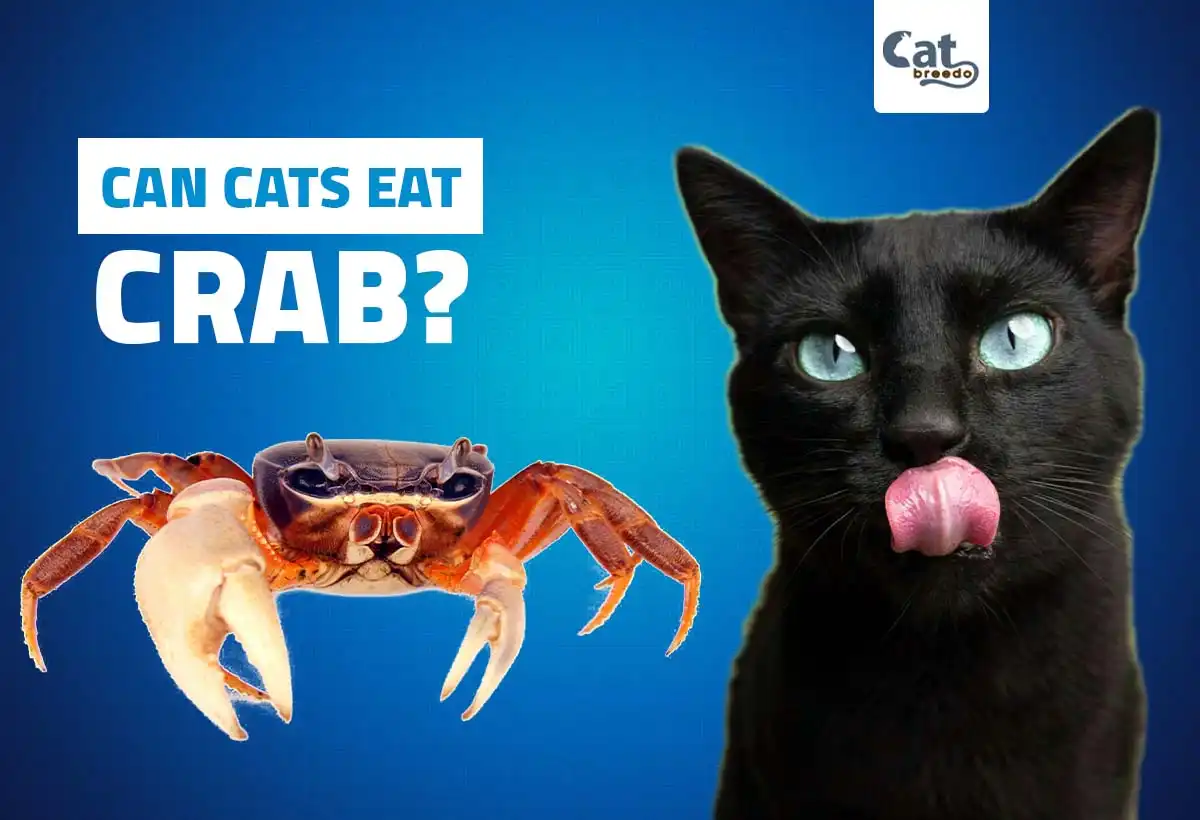Chikoo, also known as sapodilla, is a rich source of vitamins, minerals, and dietary fiber. If you are a cat owner, you may wonder, can cats eat sapodilla/chikoo? The short answer is Yes. However, you should avoid giving your cat unripe chikoo flesh, skin, and seeds.

Can Cats Eat Sapodilla/Chikoo?
You may notice poisoning symptoms if your cat consumes any part other than the pulp of chikoo. Symptoms include panting, vomiting, upset tummy, dilated pupils, etc. In this case, immediate veterinarian care is needed.
Let’s look at what you need to know about chikoo for cats.
Is Sapodilla Safe For Cats?
Sapodilla is a tropical fruit that is safe for cats to consume. The nutritious pulp of chikoo is the only thing of this fruit that cats should eat. The fruit’s flesh is sweet and contains other beneficial minerals and vitamins such as vitamins A and C.
You can read can cats eat soursop
However, it would be best to feed only ripe chikoo to your kitties. Unripe chikoo can be dangerous for your cats. Chikoos are only safe for cats if they consume the ripe flesh, but not the seeds and the skin.
Is Sapodilla Bad For Cats?
No, chikoo is not entirely bad for cats. The skin part of sapota is rough and contains compounds called saponins. These compounds cause diarrhea and upset stomachs in animals, especially cats. Moreover, the shining black seeds of chikoo plants also contain small amounts of cyanide. Therefore, only feed ripe fruit to your cats with all the skin removed and without any seeds.
Check can cats eat tamarind
Furthermore, chikoo can be dangerous for cats if you feed it unripe fruit. The cat may experience choking, intestinal obstruction along with respiratory issues. Sapota fruits contain high levels of tannins and latex that can be very harmful to your cats. The tannins and latex can lead to dry mouth and mouth sores.
What Happens If A Cat Eats A Sapodilla?
The first time your cats taste this tropical fruit, observe it for signs of an allergic reaction like slight diarrhea or vomiting. You may also notice ear infections or itchiness.
If your cat consumes the seeds or the skin of chikoo, look for signs of toxicity of cyanide. In this case, you will observe vomiting, heavy painting, dilated pupils, respiratory issues, and bright red-colored gums. If it is left untreated or your cat has consumed a large amount of chikoo, it can go into shock, and this condition can be fatal.
If some unripe chikoo is consumed by the cat, the tannins present in the fruit can be toxic. Especially if it is consumed in high quantities, it can be dangerous. Tannins irritate the digestive system, so cats may experience abdominal discomfort, diarrhea, and vomiting even with one-time exposure.
Chikoo fruit also contains latex that can cause vomiting, drooling, diarrhea, and loss of appetite in your cat.
Can Cats Eat Sapodilla Peels?
Cats cannot eat the peels of sapodilla fruit. The fruit’s skin is so tough that it would be hard for them to chew or swallow. They also contain saponins, a significant part of the plant’s defense system. Saponins are natural toxic constituents that can create cytotoxic activity.
Symptoms of saponin toxicity include appetite loss and vomiting with or without blood. Therefore, it would be best only to give your cats the ripe flesh of chikoo. As soon as the symptoms appear, take your cat to the veterinarian.
Can Cats Eat Sapodilla Seed?
Seeds of chikoo fruit should also be avoided and kept away from your cat’s reach. The seeds of chikoo food contain less amount of cyanide. It can still be dangerous if consumed by your cat.Observe the size of cyanide poisoning in your cat within 15 to 20 minutes or two a few hours after the consumption.
The cat may get excited and breathe heavily with a rapid heartbeat. You may observe drooling, watery eyes, vomiting, and voiding of urine and feces. Muscle spasms are also common.
Please don’t wait for the symptoms to get worse or get better and seek medical attention.
Can Cats Eat Sapote Mamey?
Like sapodilla, cats can also eat sapote mamey but only its flesh. They are more nutritious than sapodilla but do not forget to feed only ripe sapote mamey to your cats. Keep the peels and seeds of this fruit out of your cat’s reach.
If your cat accidentally eats the skin, peels, or unripe fruit, do not wait for cyanide toxicity or saponin poisoning symptoms to show. If your cat has vomited, take a sample of that vomit to your doctor immediately. Contents of the vomiting will let your veterinarian decide the treatment method quickly without wasting time on what your cat ate.
Frequently Asked Questions
Is Chikoo Skin Harmful To Cats?
Yes, the skin of chikoo fruit is harmful because it contains saponins. These compounds can cause abdominal discomfort, vomiting, and diarrhea in your cats. You want to carefully look at the chikoo fruit and remove all the skin.
What Happens If My Cat Eats Unripe Chiku Fruit?
Eating unripe chikoo fruit can expose your cat to tannins and latex present in the flesh. Your cat may show mouth sores, dry mouth, vomiting, etc.
Is Chikoo Safe For My Cat?
Yes, chikoo is safe for your cat as long as you only feed it the ripe, juicy flesh. It would help if you avoided giving seeds and peels of the fruit. It will be wise to feed your cat tiny amounts of chikoo only. Keep the peel seeds and unripe chikoo away from your cat.
Can My Cat Eat Sapodilla?
Sapote, chikoo, and sapodilla are different names for the same fruit. And yes, cats can eat the ripe flesh of sapodilla.
Conclusion
The juicy pulp of sapodilla or chikoo is safe for cats. Always keep chikoo skin and seeds away from cats. Ingestion of unripe fruit, seeds, and skin can lead to toxicity or poisoning. It will be best to give your cat safer fruit options such as bananas or blueberries instead of chikoo.



